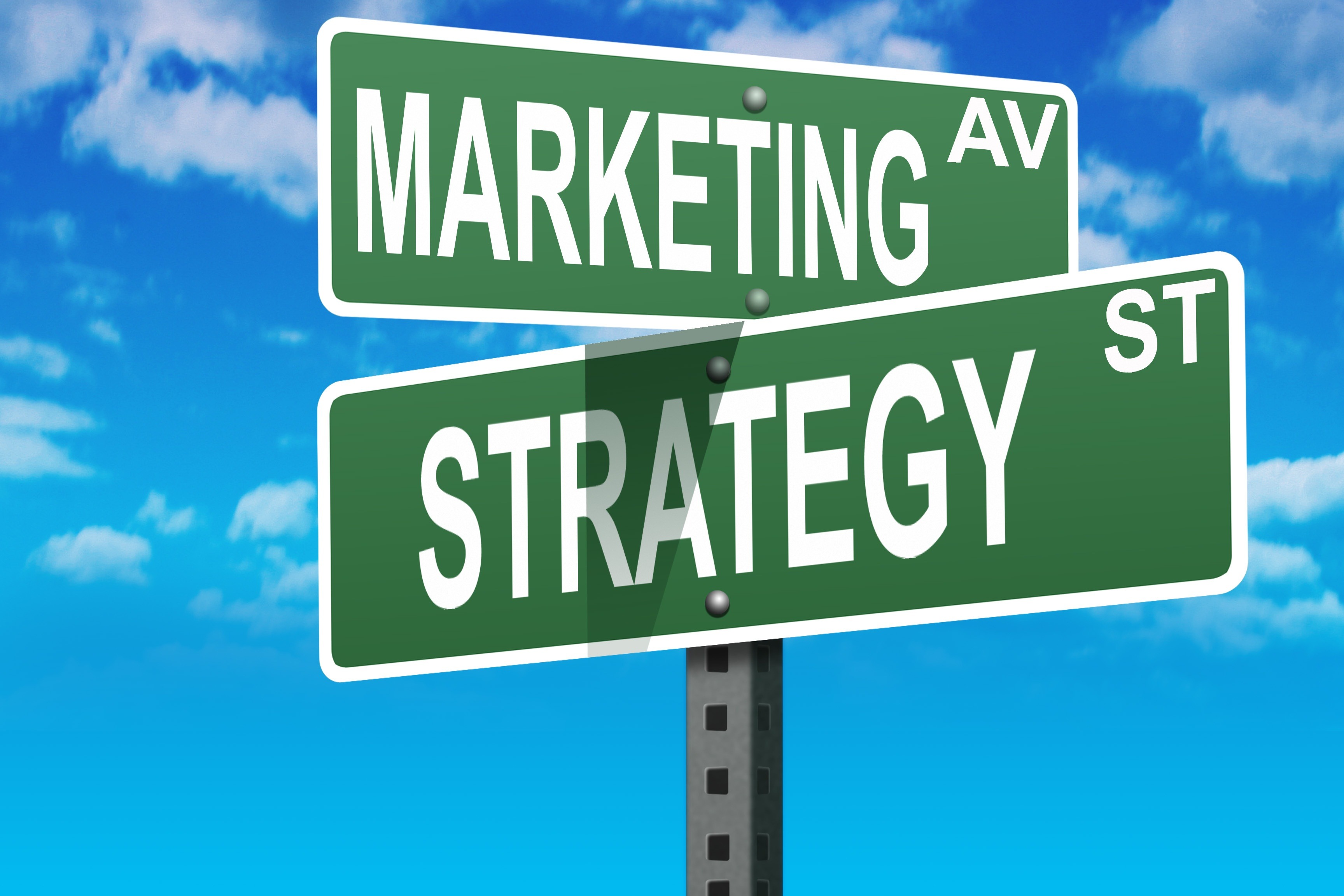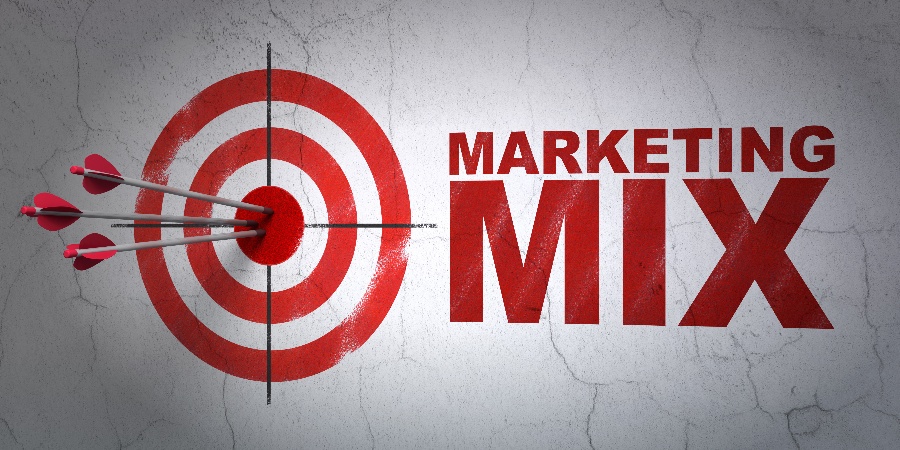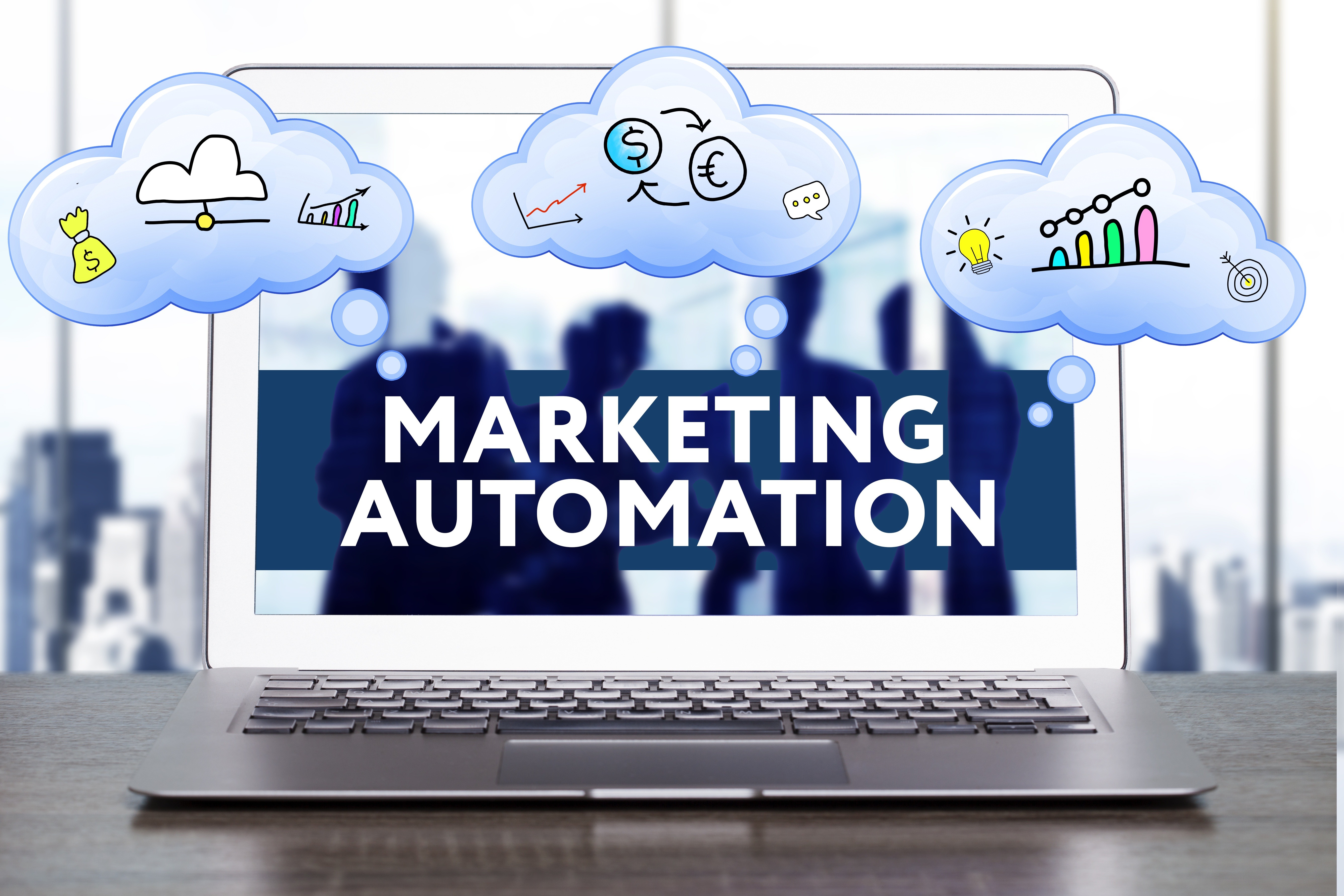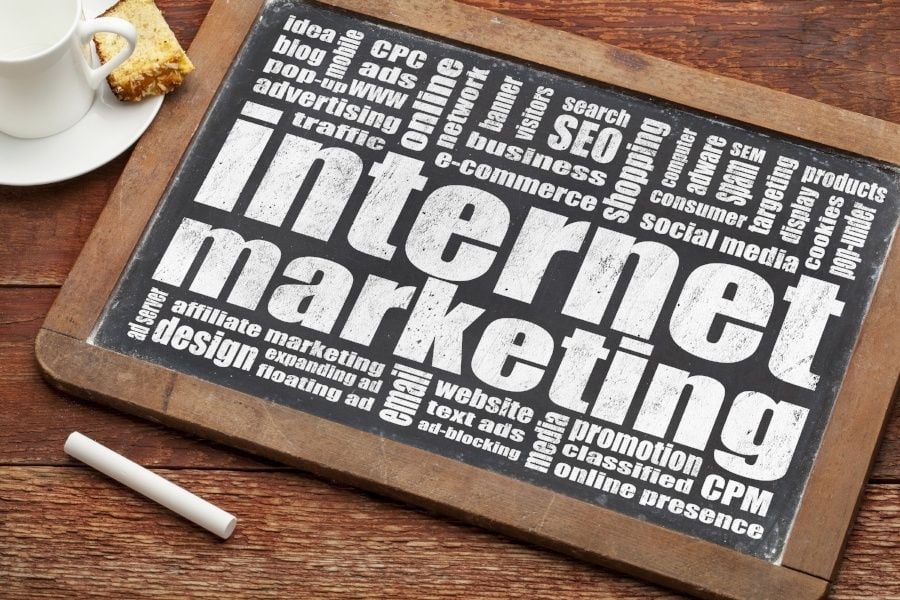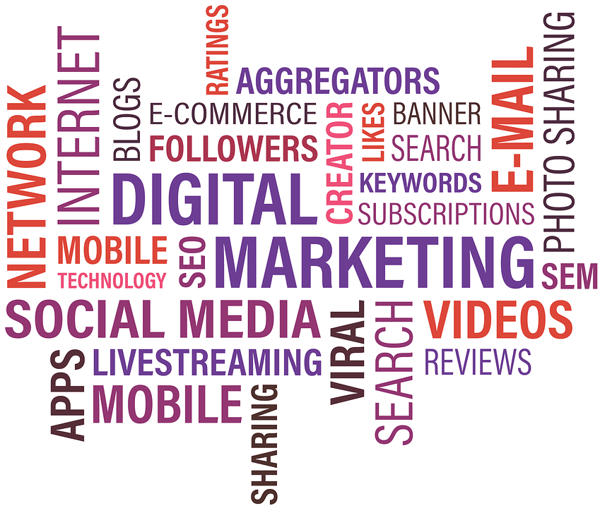
Your customers may love the 1980's, but they want to leave the past behind. Inbound marketing vs outbound marketing is a subject that is really on fire right now. Learning to move to inbound marketing takes understanding the differences and what to do today that works.
I have found a number of exciting ways to depart from earlier marketing trends. Here's a combined strategy that involves print media, television and digital technology, targeted to a wide spectrum of audiences.
1. Make Content Mobile-Friendly
People want to be able to access your message on whatever device is in front of them, including smartphones and tablets. I create ads and videos that are accessible on a variety of mobile devices. I also make sure the message I convey has a similar tone to what I place in print and television spots.
In addition, I look for ways to create mobile digital content for brands that have traditionally been offered only in print or video.
As an example, Lonely Planet is offering a Guides app that contains offline maps, currency converters, and advice from locals. I look for similar ways to make the message I want to deliver available and accessible online and offline.

2. Design Content That Offers the Customer Something New
Teasing your audience is nothing new. The twist is to get customers to return to the same topic with different content. I found that ads which bring customers back help increase the amount of time the customer spends learning about the topic.
Every change, whether it concerns a cultural shift or offers new features, helps to more fully inform and interest your audience.
3. Embrace the Past Through Events and Themes
A little bit of the 1980's is OK. Think about how to incorporate your customers' nostalgia for their childhood and young adulthood.
Many marketers are successfully incorporating games, videos, artwork, music and more into modern products.
For example, if your customers loved a stay-at-home game like Jenga, think about making the game larger than life with giant foam blocks. I look at what I can do to take the fun and creativity of certain toys and movies and mesh them with current brands.
4. Offer Content in Line With Current Viewing Habits
In the 1980's, television audiences got a small dose of scripted shows at a time. Today's trends include binge watching, on-demand event coverage and streaming apps.
I keep a close eye on how television and Internet audiences watch videos. I also review how products are placed or advertised in video content. Repetitive ads for the same product can annoy customers.
Consistent and targeted product placement in streamed content can be less intrusive yet still effective.
5. Encourage Word-of-Mouth
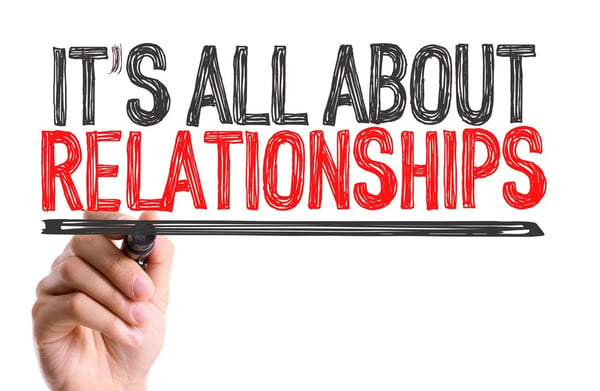
6. Help Campaigns Go Viral
Identifying humorous content and common concerns that relate to certain products encourages ad campaigns to go viral. For example, UberEATS has become very popular among college students.
This partly results from students blogging, posting and reading about solutions to not having quality food close to their campuses. Utilize inbound marketing practices to cater to your ideal customers.
7. Personalize Content to Customers
Even with a multitude of choices, customers start to narrow down what they watch and consume.
I use information (from surveys, marketing databases, feedback and promotions) that I have gathered about a certain set of customers to determine what I want to advertise to them. I also look at what times will be best to do that.
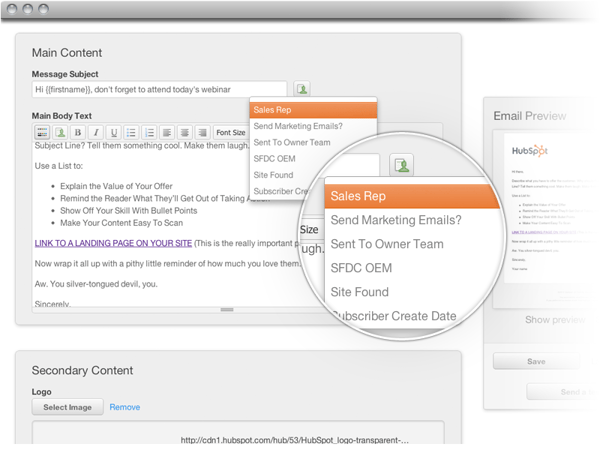
Let these tips inspire you to leave the 1980's behind. My goal is to help you bring your customers into the digital age.




